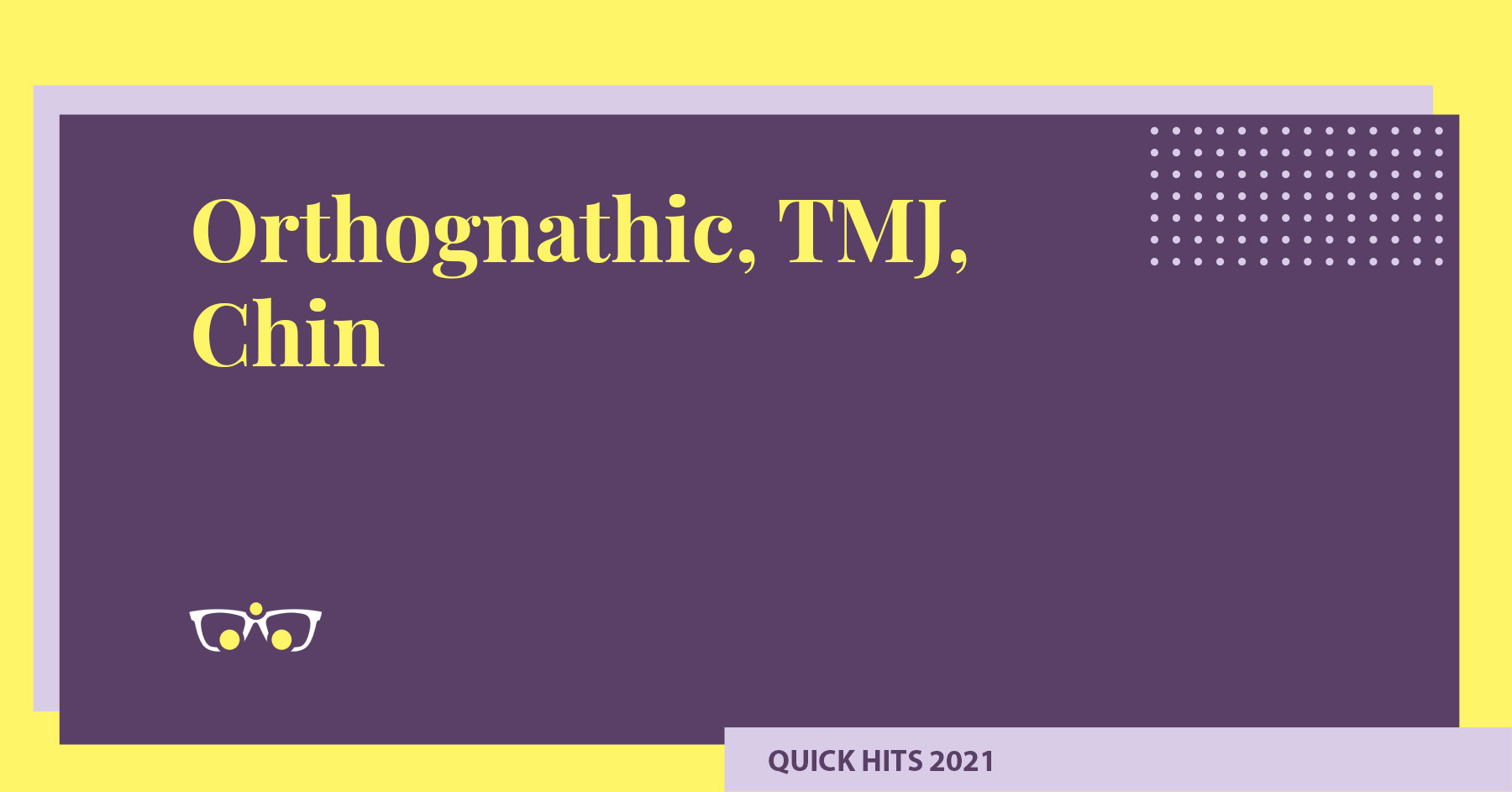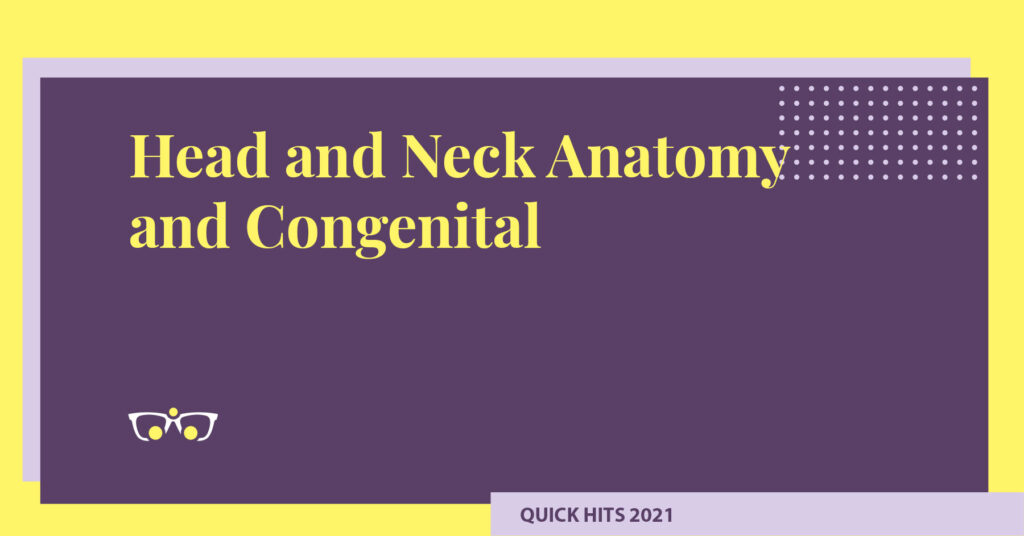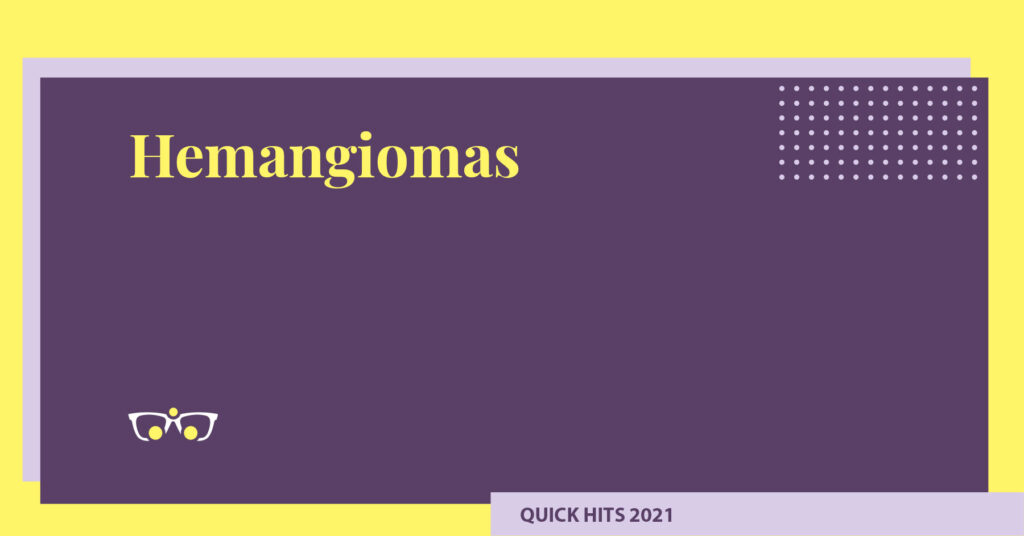Palate/alveolar fractures
Treatment
- Isolated palatal fractures, no malocclusion – nonop
- Isolated palatal fractures, malocclusion – ORIF
- Comminuted palatal fractures – transpalatal approach
- Alveolar fractures/comminuted/malocclusion – resin vs bridle wires vs microplates vs monocortical screws
Maxilla
Anatomy
- Vasculature:
- descending palatine (may be disrupted during lefort)
- ascending palatine (facial, external carotid)
- ascending pharyngeal (external carotid)
- mucosal alveolar anastomotic network
- Measurements
- Remember face is divided into horizontal thirds: upper from hairline to glabella, middle from glabella to subnasale. The lower third of the face extends from subnasale to menton
- SNA (sella, nasion, anterior maxilla) 82
- SNB (80)- formed from the angle drawn between the sella, nasaon, and B point (supramentale of the mandible)
- Frankfort horizontal plane defined by a line from the superior edge of the external auditory meatus (porion) to the inferior orbital meatus (orbitale)
- ANB angle: Position of mandible relative to the maxilla
- Mandibular pseudoprognathism, ANB normal
- cranial base of cephalogram: sella-nasion, frankfort horiztonal line, basion-nasion
- Maxillary incisor plane: N-A, maxillary incisor, palatal
- Angle I: mesiobuccal cusp of the maxillary first mola lies in the buccal groove of the mandibular first molar
- Angle II: mesiobuccal cusp of maxillary first molar is located mesial (anterior to the buccal groove of the mandibular first molar
- Angle II division I: lateral incisors flared labially, division II incisions lingually inclined
- Angle III: when mesiobuccal cusp of maxillary first molar is positioned distal to buccal groove of mandibular first molar
- Centric occlusion and centric relation are important for any elective orthognathic surgery because maximal intercuspation and proper mandible condylar position is most likely to result in optimal occlusion after orthognathic surgery
- Overbite vertical measurement
- Overjet horizontally
Pathologies
- Maxillary transverse deficiency –
- young patients (prior to suture closure) –> orthopedic and orthodontic expansion
- skeletally mature –> tx with surgically assisted rapid palatal expansion (SARPE)
- Vertical maxillary deficiency treated with Lefort I osteotomy and interpositional grafting
- Will see ANS < normal (52-57)
- “over closed appearance, appears edentulous
- Alar base is wide; mandibular plane acute
- long face syndrome (vertical maxillary excess) – patients will present with long vertical facial height in lower third, narrow constricted alar bases, lip incompetence with an excessive interlabial gap, and excessive gingival and upper incisor show at rest and while smiling. Chin will appear long and retruded, anterior open bite
- Cephalometric exam reveals SNA and SNB angles that are smaller than normal, and an ANB that is larger than normal
- Will present with mentalis strain
- Treatment is maxillary LeFort I osteotomy and impaction
- 2-3 optimal upper incisor show at repose
- LeFort I advancement; at level of apices of teeth, alveolar processes of maxilla, vault of palate, pterygoid processes. (indicated when there is class III maloclusion, underbite, SNA < normal)
- Results in: Increased NL angle and widened alar base, upper lip is shortened and incisal show increased
- Descending palantine artery can be damaged in lefort 1. After lefort 1 ascending palantine and ascending pharyngeal from facial gives blood supply
- Most common orthognathic surgery to cause significant hemorrhage
- Contraindicated until skeletal maturity at 18
- Greatest advancement >10mm after that need DO
- Highest risk of VPI after Lefort 1 is clefting of the lip and palate
- LeFort II: above level of apices, through pterygoid plates, medial orbital wall, orbital floor and NF junction
- LeFort III osteotomy: pass through NF, medial orbital wall, orbital floor and orbital fissure, ZF, pterygomaxillary, zygomatic arch
- In children who undergo LeFort III, had recurrence of pathology due to minimal midface sagittal growth but normal mandibular growth
- Indicated in patients with Pfeiffer syndrome and nasopharyngeal airway obstruction (lefort 1 is contraindicated due to developing teeth)
- Different than a monobloc osteotomy (does not osteotomize the NF and ZF)
- Distraction Osteogenesis: useful in patients that need maxillary advancement >10mm
- minimal disruption of the central medullary bone has been shown to be a core principle of distraction osteogenesis. This can be accomplished using a low-energy corticotomy that divides only the bone cortex, thus optimizing the resultant bone formation
- External distractor advantageous because it uses less operative procedures
- Latency period typically 5-7 days for distraction
Mandible
Anatomy
- Measurements
- gonial angle – the angle of the mandible – can affect open bite and prognathism but not a reliable measure of occlusion
- Innervation –
- marginal mandibular nerve, inferior alveolar nerve, facial nerve (commonly injured during exposure)
- mental nerve comes out between second premolar
- Vasculature
- inferior alveolar artery + periosteal perforators (when fractured)
- facial vessels come off at inferior border below first molar
- Condyle – supplied by retrograde flow from inferior alveolar artery
- Joint
- Growth centers located in condyles
- Susceptible to disruption of growth
- Goal anatomy is centric relation (condyle seated in glenoid fossa) with centric occlusion (maximal intercuspation)
- Musculature
- Lateral pterygoid pulls condyle anteromedial
- Medial pterygoid pulls angle and body
- genioglossus (hypoglossal nerve) attaches anteriorly and pulls posteriorly.
- Elective
- Sagittal split osteotomy – setback or advancement of mandibular dentition for hypoplasia or hyperplasia.
- For SNB < than normal, provide BSSO and advancement
- For SNB > than normal provide BSSO and setback
- Can perform Lefort I and BSSO together for <SNA and >SNB
- Genioplasty
- First step is evaluation of occlusion
- Jumping genioplasty: transverse osteotomy (removes vertical height) –> transposition anteriorly to address sagittal deficiency (for vertical excess with sagittal deficiency)
- Sagittal: silastic implantation
- Interposition: vertical abnormalities
- Sliding: sagittal (or large chin), has very little vertical component
- Occlusion is normal in pure retrogenia (also can be seen in vertical retrognathia)
- Chin implantation is recommended to increase AP projection
- genioplasty – can use porous polyethelene prosthesis (more tissue ingrowth), solid silicone (may form capsule around it or move a bit but is easier to implant/explant)
- Complications include increased lower incisal show from improper or inadequate repair of the mentalis muscle, numbness of the lower lip due to mental nerve injury
TMJ- hinge sliding going (gingylomoarthrodial), has both hinge and sliding components during jaw opening
- Epidemiology – most common in women age 20-40
- Etiologies
- Articular disc subluxation: when posterior attachments of the disk becomes attenuated or ruptured, the disk then subluxes anteriorly and relocates –>presents as clicking
- MRI (gold standard) or US can confirm pathology
- Treatment is conservative (NSAIDs, bite block, physical therapy)
- Ankylosis: destruction of articular disk, fibrosis, narrowing of joint space, bony fusion–> most commonly caused by trauma
- Surgical reduction of the articular eminence is indicated for patients who have symptomatic locking of the mandible –> intercapsular disk repositioning and reduction of the articular eminence
- Avascular necrosis: limited jaw motion with devascularization
- Acute TMJ dislocation: anterior extension of the condyle beyond the eminence of joint hypermobility
- TMJ Dislocation: Reduction of the mandible is downward and posterior pressure as well as sedation
- Rheumatoid arthritis: tendnerness, swelling, decreased motion in the joint, results in joint destruction and ankylosis –> if develops as a child may lead to erosion of the condyles and progressive mandibular retrognathia and open bite
- Internal TMJ derangement: defined as an abnormal relationship between the articular disk and mandibular condyle
- Often associated with anterior displacement of the meniscus and posteriorsuperior malpositioning of the condyle
- Symptoms – most common is pain on palpation of muscles of mastication. may also have anterior open bite, pain with chewing, clicking
- Diagnosis – US guided arthrocentesis can help decrease discomfort.
- Dynamic MRI great for imaging TMJ (CT for osseous changes or ankylosis)
- treatment – generally conservative
- Order of tooth eruptions:
- first molar, incisors, canines, first premolar
- First molars (6-7) first premolar (8-9) central lateral incisors 6-8, canine 10-11 (pay attention to tooth buds in MMF)
- Teeth sensation:
- IO nerve from canine to 2 premolar via anterior superior and middle superior alveolar block. Posteior superior supplies the molars
- Inferior alveolar nerve gives sensation to hemi mandibular dentition
- More Teeth
- Canines/Cuspids have longest roots (canines) 27mm (most likely to be injuried in a Lefort osteotomy)
Miscellaneous:
Obstructive sleep apnea: remember first line treatment is CPAP (Continuous airway presure)
UP3 surgical option
If obstruction persists consider maxillary and mandibular advancement







